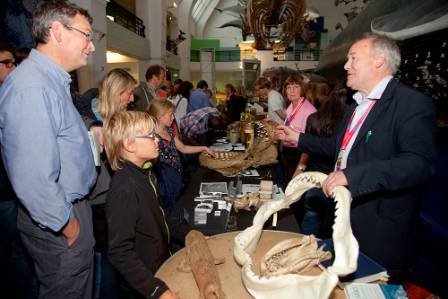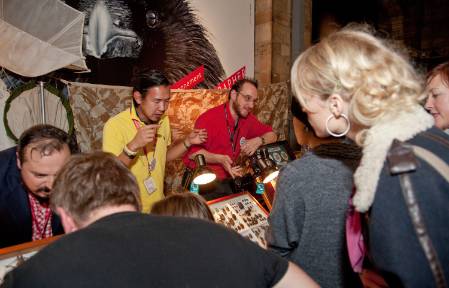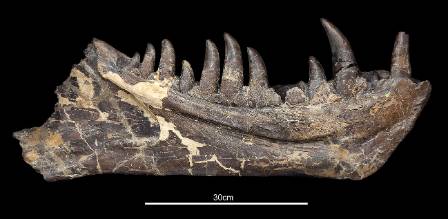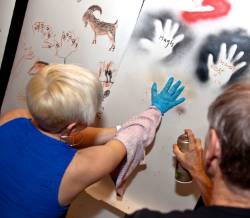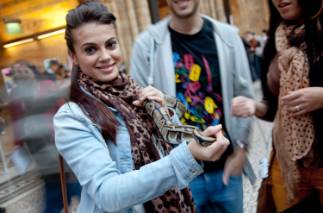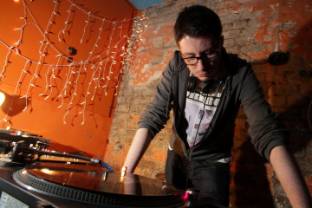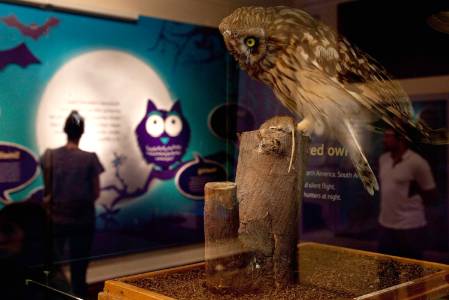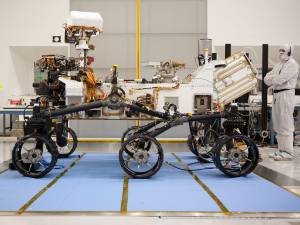Eight days to go and the Museum is starting to buzz with excitement about the biggest event of the year in our busy calendar. Stephen Roberts, lead co-ordinator, gives us a warm welcome and introduction to this year's fabulous Science Uncovered. Put 27 September 2013 in your diaries now.
'Every single day that the Museum is open there are usually scientists and researchers on hand to talk with our visitors and friends. But Science Uncovered will see an amazing 400 scientists joining in a Friday night opening with a difference.
Above: Last year's Oceans Science Station was a jaw-dropping experience for many and beetlemania was rife at the Entomology Station. Both return for this year's Science Uncovered night on 27 September. (With the beetles at the Forests Station this time.)
'Our event is one of hundreds taking place in more than 35 countries on European Researchers' Night, all made free by the EU, and we are pulling out all the stops for this celebration of science.
As well as meeting the people behind ground-breaking discoveries at this unique event, you'll see masses of amazing specimens from our collections, normally carefully stored behind the scenes. Some live creatures too.
The lower jaw of the first-ever T. rex skull discovered makes a rare appearance at Paul Barrett's Dinosaur Extinction talk at 17.00 (this talk is also BSL-interpreted.)
'Highlights not to be missed include the Dinosaur Extinction studio event revealng extremely rare T. rex remains that have never been on display anywhere in Europe before, and a piece of Mars from our collections that you can explore its insides at the Space Station, just as our researchers do.
These are two among hundreds of other amazing objects that could help answer big questions about life and indeed the solar system.
Cave art and live creatures: among the many tactile experiences coming your way on the night.
'From creating your own cave art to linking-live with NASA scientists, or presenting your own weather forecast, touring our rare books library or trying our science-inspired cocktail - check out what's on at Science Uncovered on or website and download the map showing you where everything is happening.
'Or just come along and see what takes your fancy on the night. Have a think about the questions or puzzles you've always wanted to quizz a scientist about. There are even Science Fess Up tell-all sessions going on in the Central Hall if you're game enough. And you can tweet your photos and comments using #SU2013.
Cool vibes and candid confessions at the Science Bar and Science Fess Up sessions...
'This exclusive interaction with our science and scientists is at the heart of Science Uncovered, but we also want you to have a great evening out in one of the most famous and historic venues in London.
'We've got a choice of 6 bars and the Restaurant open across the Museum's galleries offering delicious food and drink. As activities wind down from 22.00 you can chill out in the Science Bar which stays open with a DJ until midnight.
Nocturnal Creatures at the Natural History Museum in Tring, Hertfordshire will be part of their festivities
'Our sister Museum at Tring in Hertfordshire is also joining in the Science Uncovered festivities and will showcase its latest bird research, with a chance to catch the Nocturnal Creatures exhibition open after hours too (above).
'About 1,000,000 people across Europe are expected to join in on the night. We'd be delighted if for you to come and be one of those million yourself!'
Keep up to date with Science Uncovered on the website



